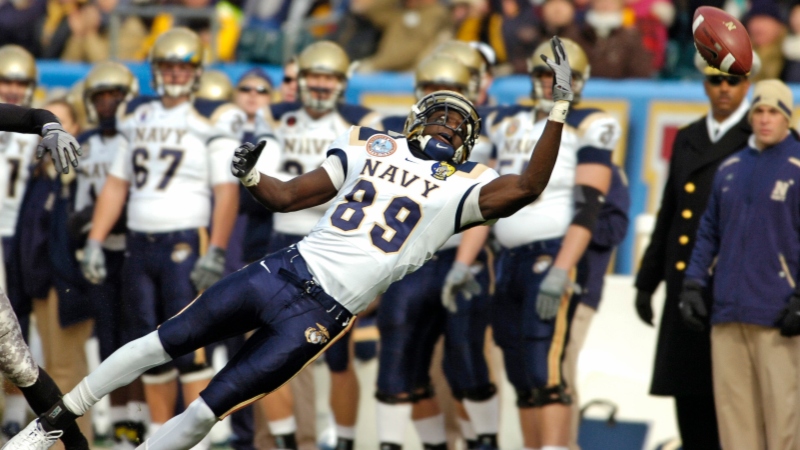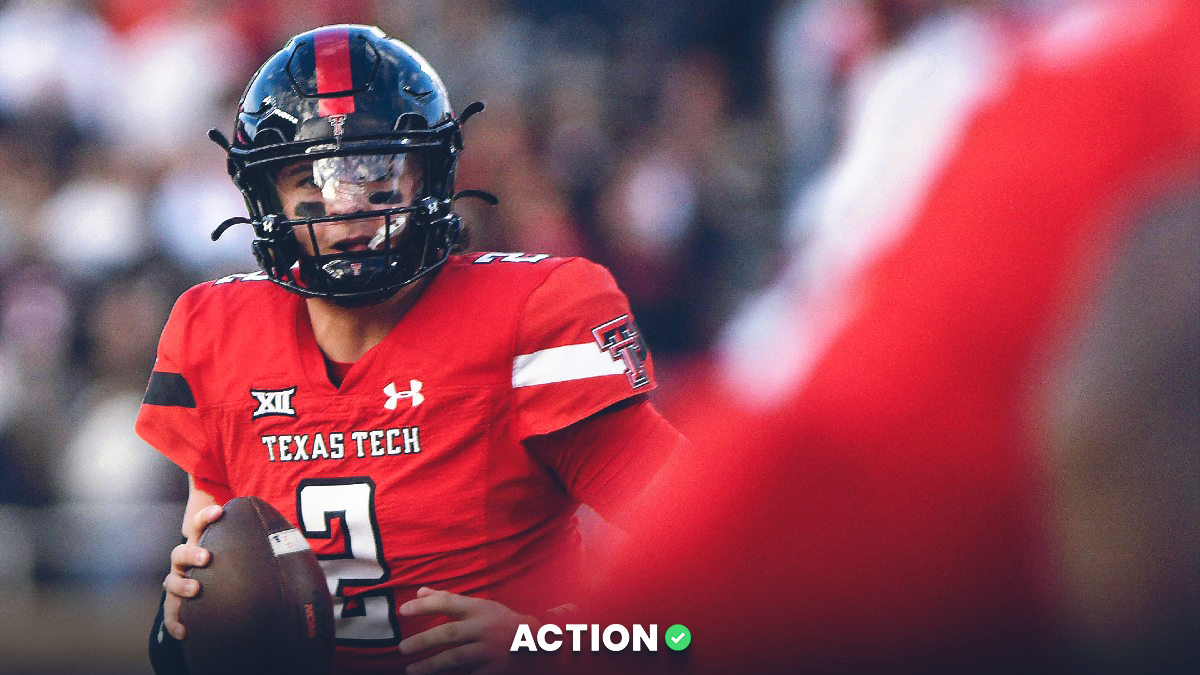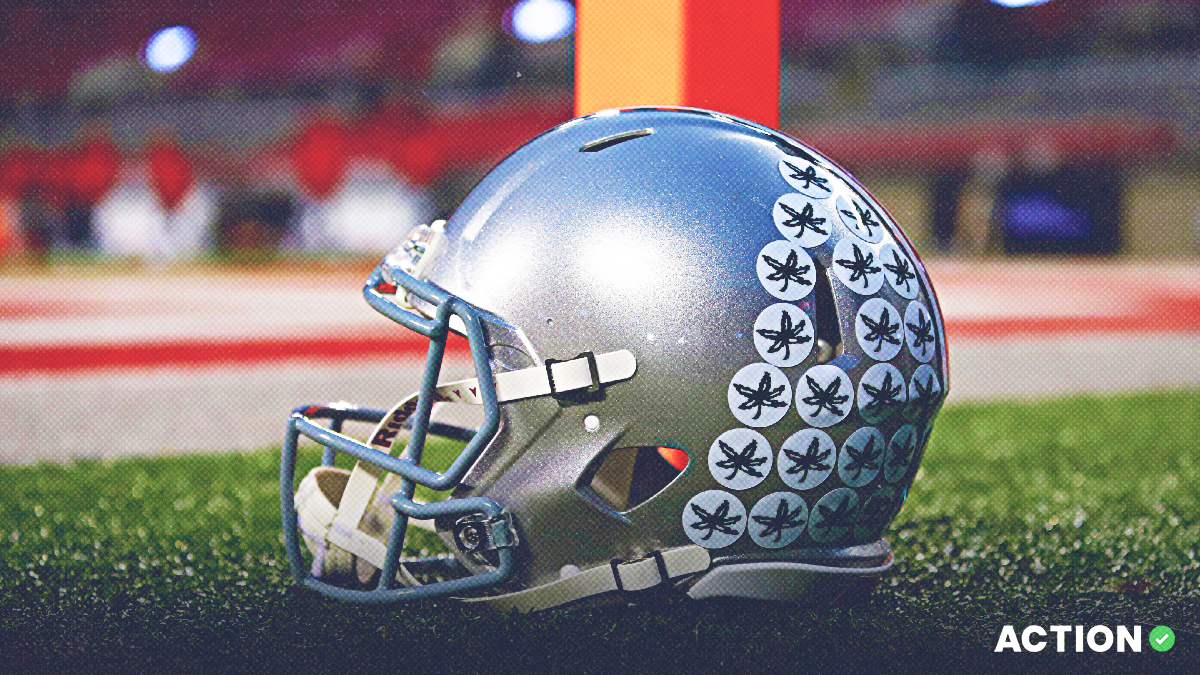It's officially fall, which means Thursdays are for football — both professional and college. The NFL is actually giving us a solid Thursday Night Football matchup with the Philadelphia Eagles taking on the Green Bay Packers at Lambeau, and the ticket counts confirm that.
But bettors love football of all kinds, and that's reflected in the number of bets coming in on tonight's Navy vs. Memphis college football game as well.
Unsurprisingly, casual bettors are leaning toward the over tonight. But contrary to popular belief, sharp and public bettors can — and often do — agree on the right side of given matchup, so that doesn't necessarily mean wiseguys are automatically on the under.
Odds as of Thursday at 10:30 a.m. ET and via PointsBet, where Action Network users get an exclusive 200% deposit match (deposit $50, bet with $150).
Let's take a look at where smart money is landing for tonight's Navy vs. Memphis game and how oddsmakers are adjusting in response.
Navy vs. Memphis Sharp Report
The Navy vs. Memphis total opened at a consensus of 56.5 and 65% of bets have taken the over, so why has the number dropped to 54.5 at PointsBet and even 54 at other books across the market?
First off, the 35% of tickets hitting the under account for 48% of the money, so there is evidence that the bigger bets have played that side of the total.
In addition, Sports Insights' Bet Signals have reported five instances of market-moving action coming down on the under.
When sportsbooks detect a sudden influx of money from respected bettors, they're forced to quickly adjust lines in order to stem that flow and ensure they're not too exposed on one wager.
This happened five separate times since the Navy vs. Memphis total opened on Monday.
So, why do professional bettors like the under so much? Our Action Pro Systems provide a significant clue.
Tonight's game fits the Rushing Statistics Pro System, which triggers a match whenever two college football teams that average at least 215 rushing yards face off in a matchup with a total below 59.
As you can see, 56% of games that fit this criteria have gone under the closing total since the start of the 2005 college football season.
From a high level, this makes sense. Teams that lean on the run keep the clock moving, which shortens the game and results in fewer potential scoring possessions.
In addition, by looking at games with totals of 58 and below, we're removing games that oddsmakers project to be higher scoring, likely for reasons not accounted for by this system.
















































